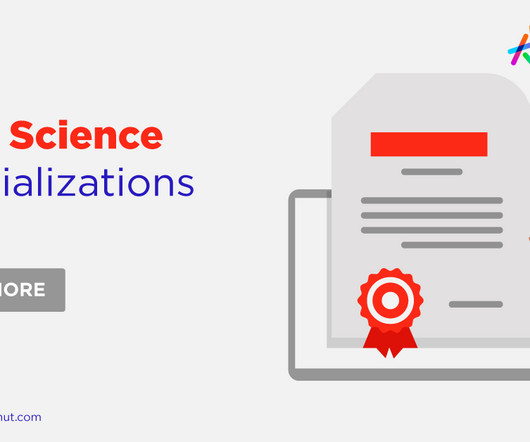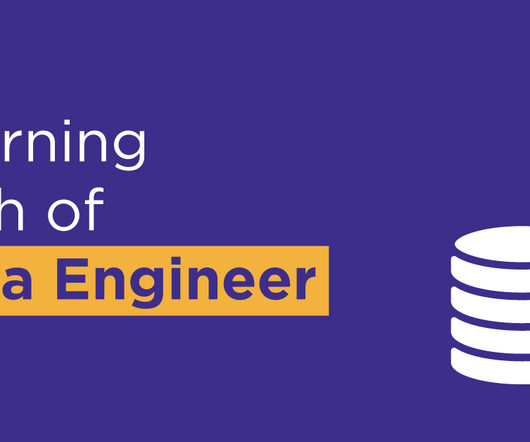Top 16 Data Science Specializations of 2024 + Tips to Choose
Knowledge Hut
DECEMBER 29, 2023
Learning Outcomes: You will understand the processes and technology necessary to operate large data warehouses. Engineering and problem-solving abilities based on Big Data solutions may also be taught. It separates the hidden links and patterns in the data. Data mining's usefulness varies per sector.












Let's personalize your content